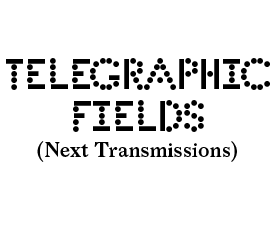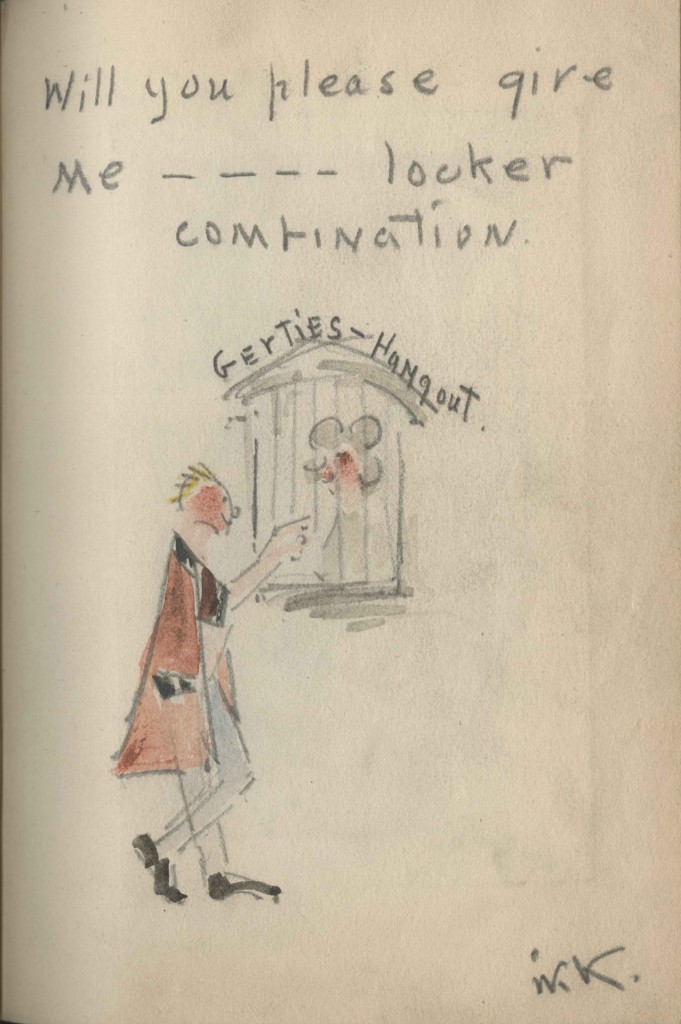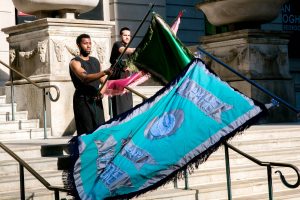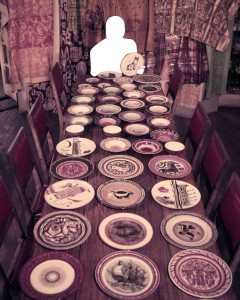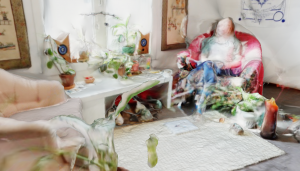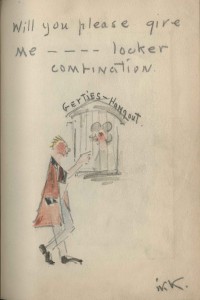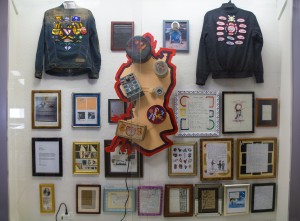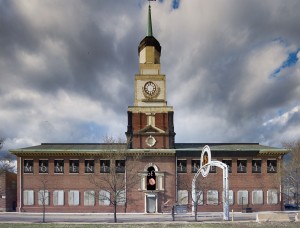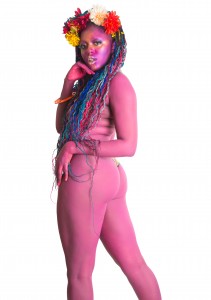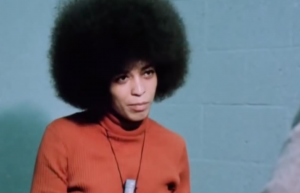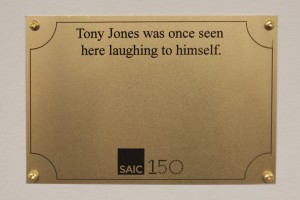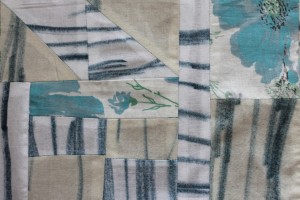Sarah Pletcher (BFA 2016) born in a suburb of Kansas City, Missouri, works primarily in performance and fibers. Her practice explores what it means to inhabit a female body, from a very physical experience to the conceptual understanding and its societal implications. She attempts to understand what is predetermined and what is symptomatic in having to operate in the daily life of the ‘female body’.
In How Things Get Done, Sarah explores the relationship between staff, faculty and students within the institution. By looking at the representation of the staff of the institution in student work, Sarah pays homage to the contributions of past and current staff members. Sarah attempts to revive the historic contribution of staff, by recreating drawings and photographic portraits to include a range of current cleaning staff, ticket office workers, security personnel and employees. By juxtaposing current people in positions held by former staff in the schools past, the work presents portraits, documenting the present alongside the past.
Previously On View: 1st floor Showcase, 280 S. Columbus Dr.
The archive has seemed to be ground zero for me. When I was a little lost about where to go this semester it was almost a gut reaction to run to the archive for inspiration, I mean that is where I found Gertrude. And I had developed such an unexpected love and attachment for her, I just wanted to find something that I could connect to and feel as strongly about as Gertrude. And with the help of Bart (whom I owe great amounts of thanks to) I started hunting for my next “Gerti”. After visiting with Bart a few times and speaking with Mark and Nick I realized that I really wanted to somehow connect the past to the present. I had originally though about doing this by looking at how and why women were documented through SAIC history. Nick helped me realized that this was very broad and without a specific purpose I could get very lost with this. So I let go of this idea and the material I had found on it in the archive.
So I went back to Gertrude and tried to figure out what about her fascinated me so much. And after spending some time with her I realized that the thing about her that intrigued me was that while she was not a professor her she seemed to really impact students lives. She was obviously very loved and had made a mark on this school. That made me think about all the people that are doing this today. There is a whole system of people impact our lives in a positive way as artists that we don’t even think about. This line of though is what lead me to the project “How Things Get Done” (now know as “Thank you for saying Thank you”.)
This time I went to the archive not for inspiration but with a purpose. I had Bart pull me works done by students portraying past staff members of SAIC. I wanted to see more of these people that were not professors or necessarily involved in art but still left an impression on students and helped the school become what it is today. Then to relate that to our current culture I wanted to find their modern day equivalent and show how there are still very much people like this in our ecosystem. So after going to the archive and finding an array of representations of past staff members I began the task of finding their modern counter parts. This part of the project was the most meaningful and important part to me because it allowed me to have conversations and meet people that I have seen almost everyday but never really done more than say a passing hello or a short thank you. I found out these peoples names, how long they have worked here, and their stories.
The conversation always seemed to take the same direction though, it always ended up with me apologizing on behalf of the whole student population for being the needy brats we are and saying thank you for the constant work these people for us that allows us to focus solely on our art practice. Because the fact of the matter is that artists can be a little selfish and caught up in our own little bubble and what this means is sometimes we make messes and don’t clean them up, we don’t do all of the things that is necessary to have a working community like we do and these people deserve a very large thank you for picking up the slack we leave.
And at the end of these conversations most of the staff members responses were the same and it was pretty much just appreciation for the acknowledgement of the work they do. I know that my thank you is not nearly enough so I hope this project reminds people to say thank you every once and a while. So they way I decided to draw a line between these past and current staff members was to recreate the previous art works with the current staff members in them.
So in the final display if featured a printed out scan of the original art work my recreation (wether it be a charcoal, pencil or pen drawing, a watercolor painting or a manipulated photograph) and then a picture of the current staff member. While I am proud of the final display and it is nice to see all of them hanging together this project for me more than anything was about the conversations I got to have with the staff members and the exchange of ideas I was able to have with them. I hope this project makes people think a little bit more about the people around us who work very hard to make our home so nice.
